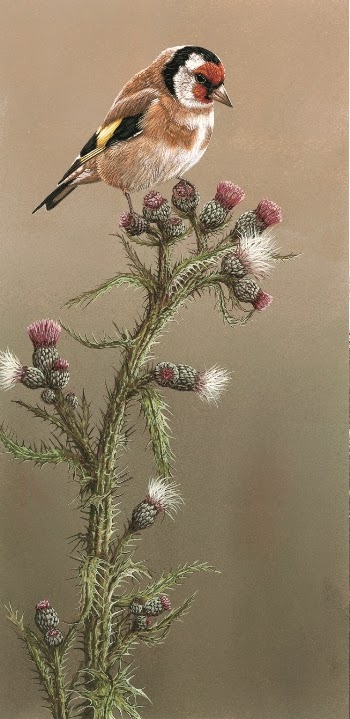I had one of the most incredible sightings of otters during a trip to the Ardurmurchan Peninsula on west coast of Scotland this summer.
I was staying on the shores of Loch Sunart, a sea inlet
renowned for its wildlife, and had just walked the short distance from my
holiday cottage to explore the loch when I spotted one. I literally arrived at the loch, which was perfectly still,
the water reflecting the surrounding landscape like glass, and looked left
along the shoreline where some herons and hooded crows were. Then I looked right and immediately noticed a ribbon of
silver. It was a female otter.
When hunting, otters will only come to shore if they catch
something too big to handle out at sea so I try to keep parallel to them until they land. I have to keep an eye on the wind direction to make sure they don’t
spot me and only move when they dive.
I followed this otter up the loch as it hunted. It kept
diving down and then popping up with a small fish. I tried to keep up, following it in a series of quick dashes
while the otter was underwater. This was not easy on rough terrain as I was
carrying a lot of heavy camera equipment.
Suddenly she turned and looked my way. I froze. I was crouching awkwardly so when she looked away I sat down. As I did so a boulder beneath me rocked. I
heard a loud chittering sound coming from underground. It was so close it made
me jump.
I looked through tiny gaps between the boulders. It was a young otter walking along an underground
tunnel right beneath my feet. I was sitting on the otter’s holt!
The young cub stood and sniffed at me between the boulders.
It was less than one metre away. I never
intended to get so close.
I could hear the cub walking underground, heading towards the
sea as the adult approached. Then as she got to the shore the adult called.
I heard the cub chittering and whistling loudly as it
greeted its mother. I presumed it was at the entrance of the holt. I wanted to
back off but I didn’t want to move either. I just froze.
The adult dived under a blanket of seaweed and popped up right
next to the shore, emerging from the water near me. Her head filled
the frame as I tracked her with my camera.
I didn’t dare take a photo. Sometimes not disturbing a wild
animal is more important than getting the shot. Underground, I heard the cub greet the female and then I could hear stones
clinking as they walked through the tunnel beneath me. Next I heard
the sound of them sniffing my scent through the boulders. I was frozen to the
spot. I had been close to wild otters before but nothing like this.
I retreated slowly but after such an incredible sighting I
was keen to know more. I spent the next day exploring their
territory, looking out for their spraints and other spots that they frequented.
Fresh water streams are often
good places to lay in wait for photo opportunities since otters love fresh water to wash off
the salt from the sea.
I found one where
the otters had made a path into the pool. I could see where they entered and
exited by the way in which the grasses were bent and even spotted tufts of
flattened grass where they had wiped themselves dry. The grasses were twisted
in the middle where an otter had gone round in a circle, rubbing itself.
Other clues I spotted included the place where the female
liked to lie in the roots of a sycamore tree, its bark had been rubbed smooth
with use.
I spent some time patrolling the area in this way, finding the best routes to traverse the rugged coast,
cutting brambles that might trip me up and discovering which
rocks wobbled and made a noise when I stepped on them.
I even moved dry seaweed from my path so that it wouldn’t
crackle underfoot when I returned to watch the otters.
That evening I followed this route as I
watched the female take one of the cubs hunting with her under blankets of
seaweed close to the shore. I was surprised by how big the cub was. It was a
male and almost fully grown.
The female swam out into the channel whilst the cub hugged
the shoreline. At one point I had to go inland because of the cliffs but I saw
the cub as I got back to the shore, its tail aloft sprainting.
It was
silhouetted against the pink sea and as I caught up with it caught and ate a crab noisily.
I watched them every day for about a week.
It wasn’t until the very last day when I discovered that
there was another cub, a female. This cub was already living independently,
which was why I had not seen her before, but the family all met up and I
watched as they greeted each other on a rock.
That was one of the highlights of the experience, although
nothing had been as exhilarating as that very first morning, when I found
myself standing on top of the otter holt!






































